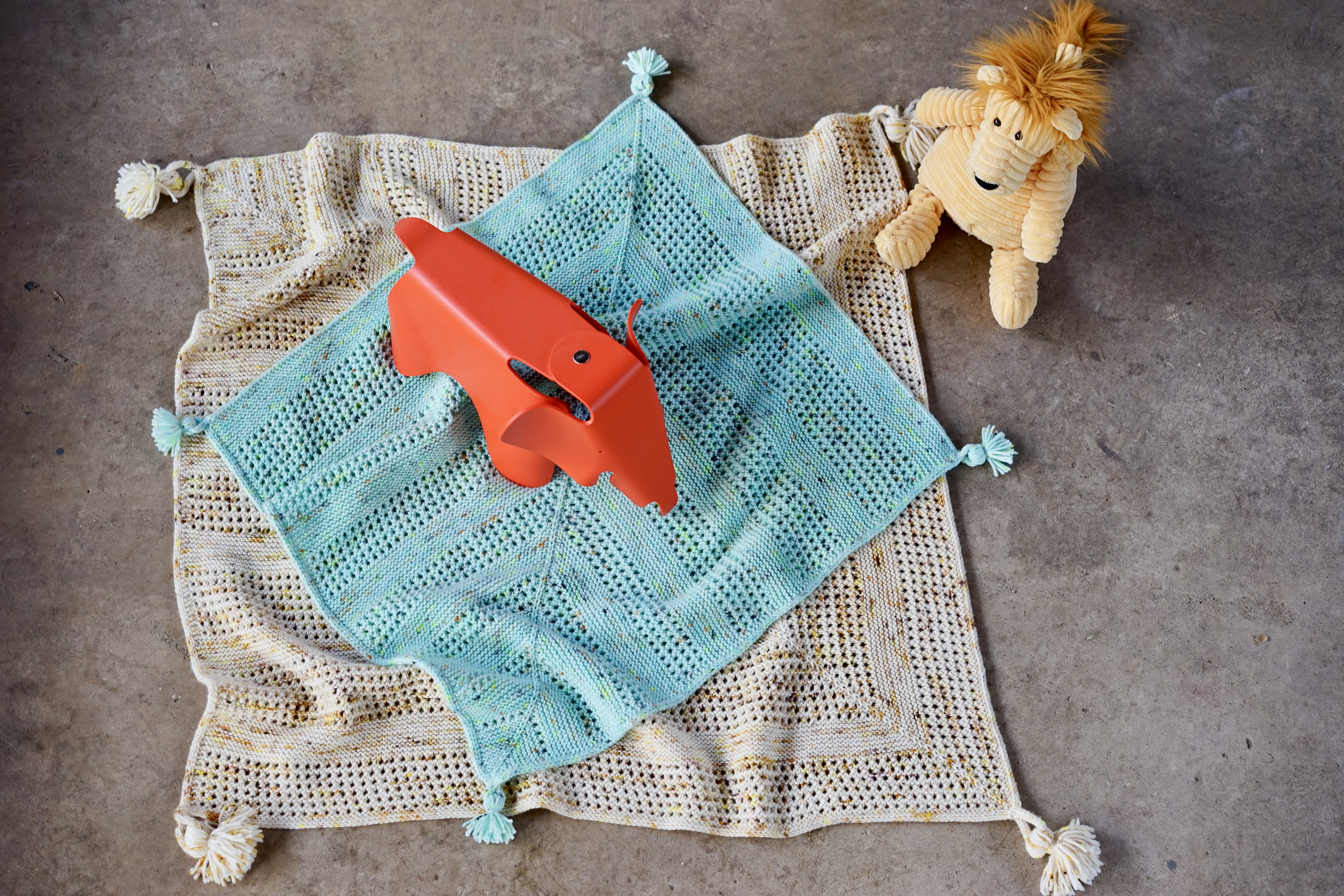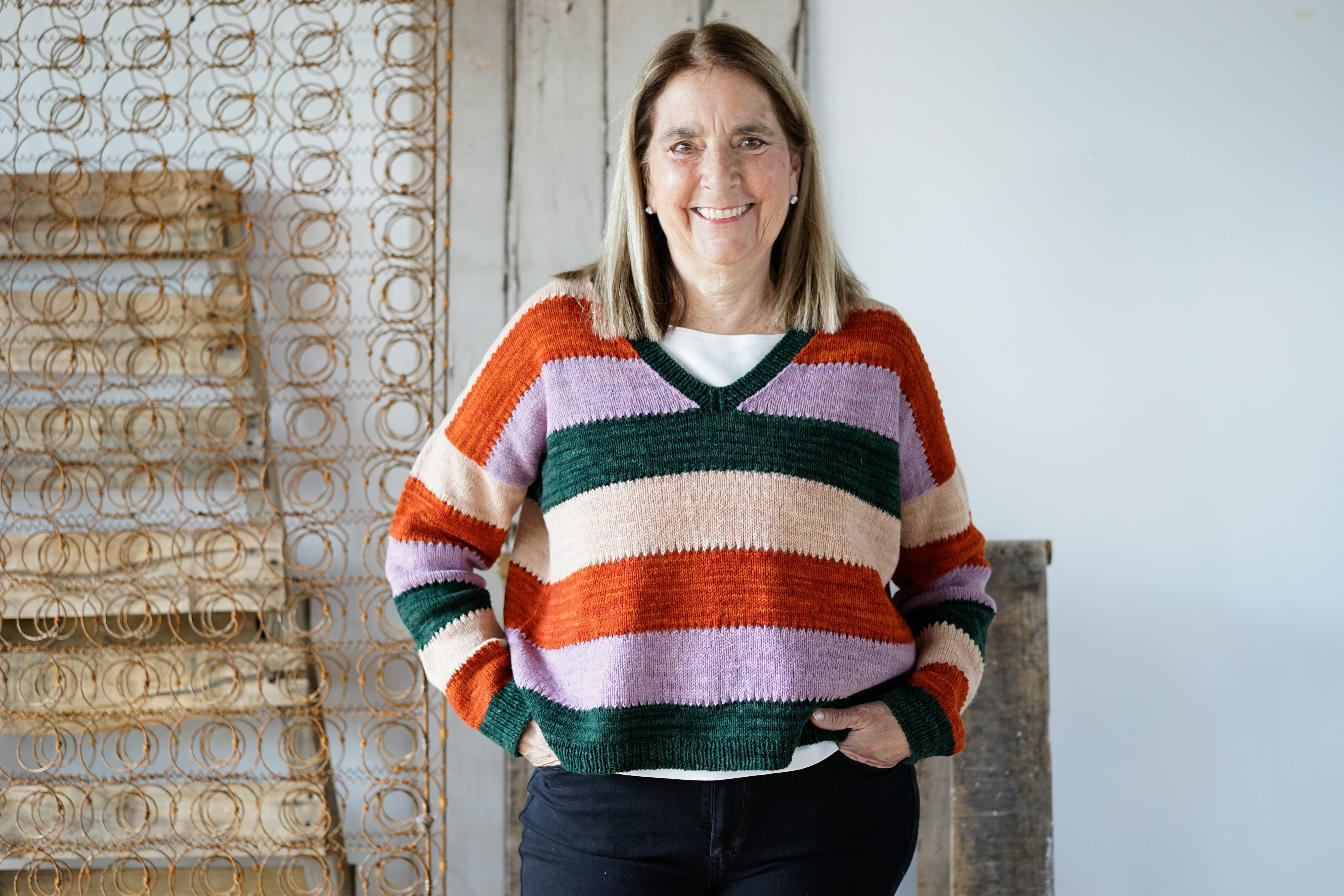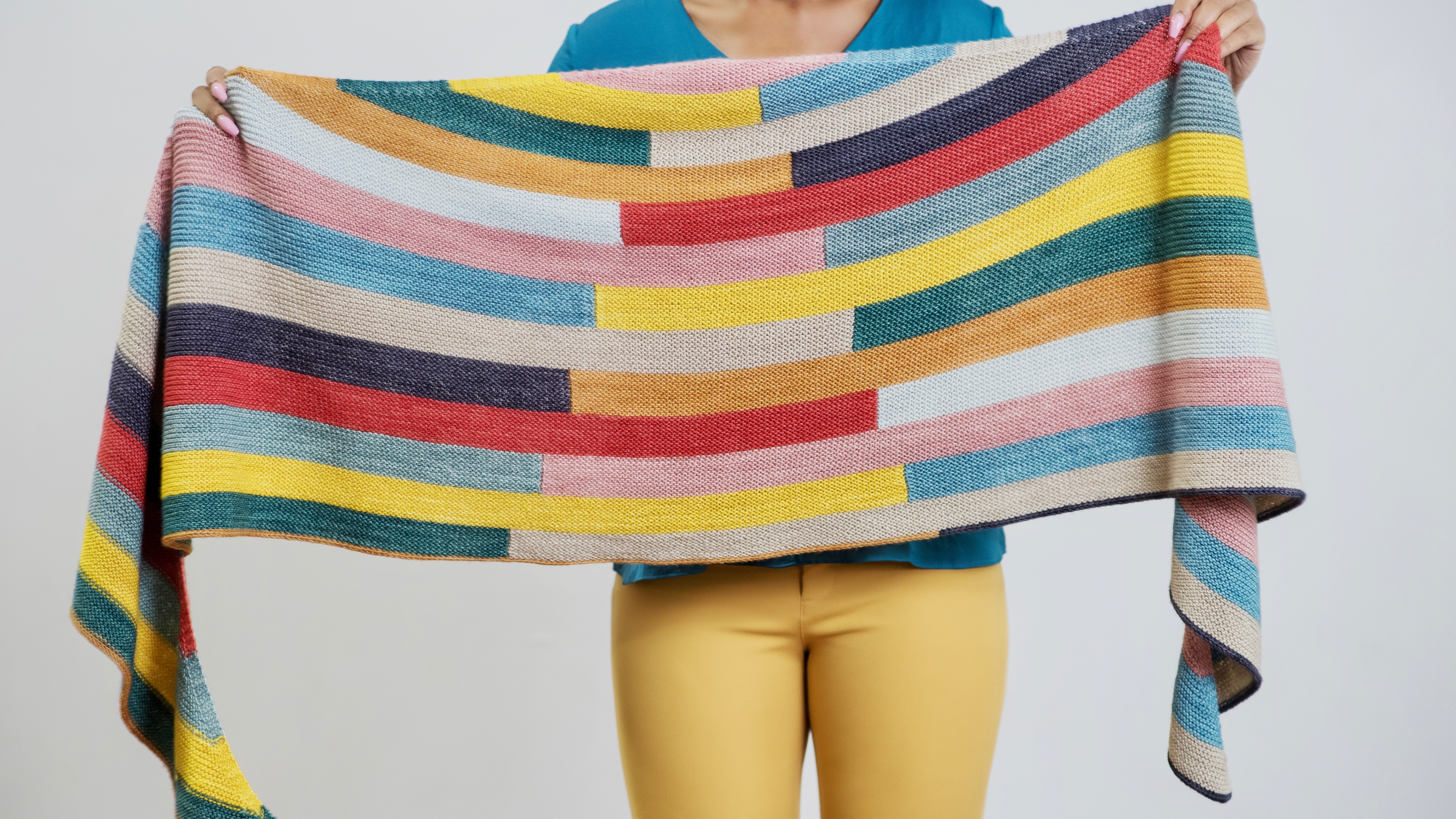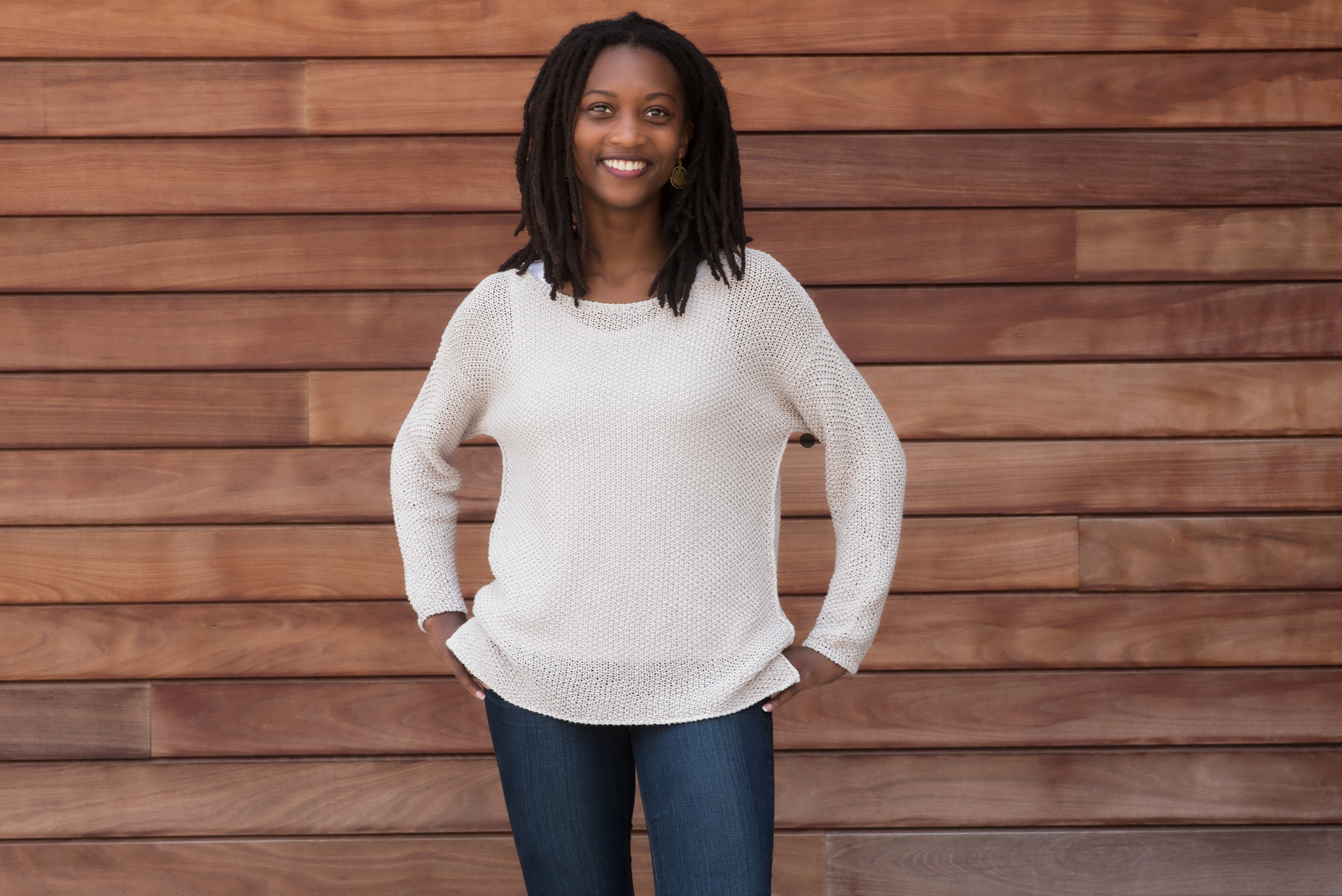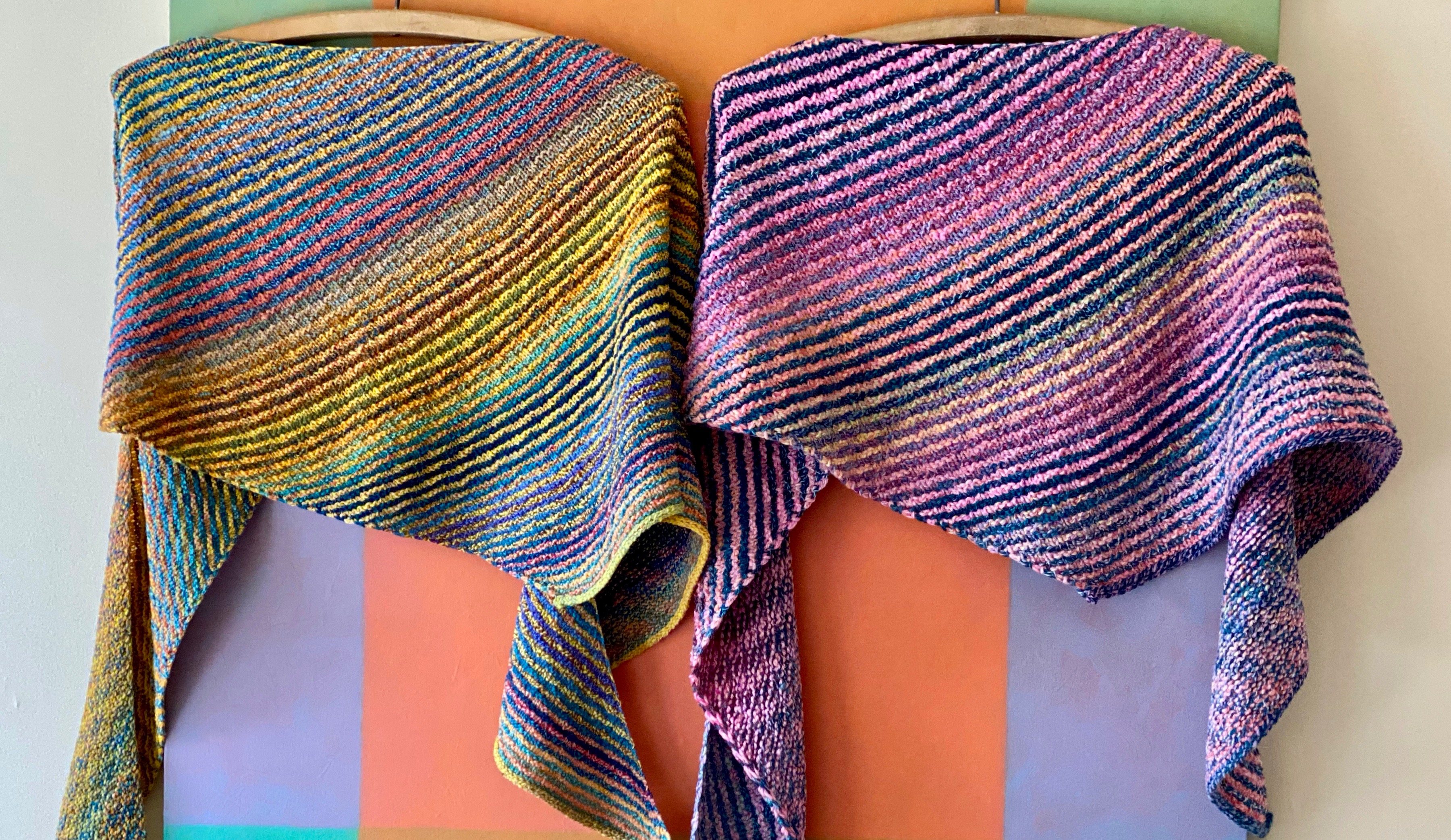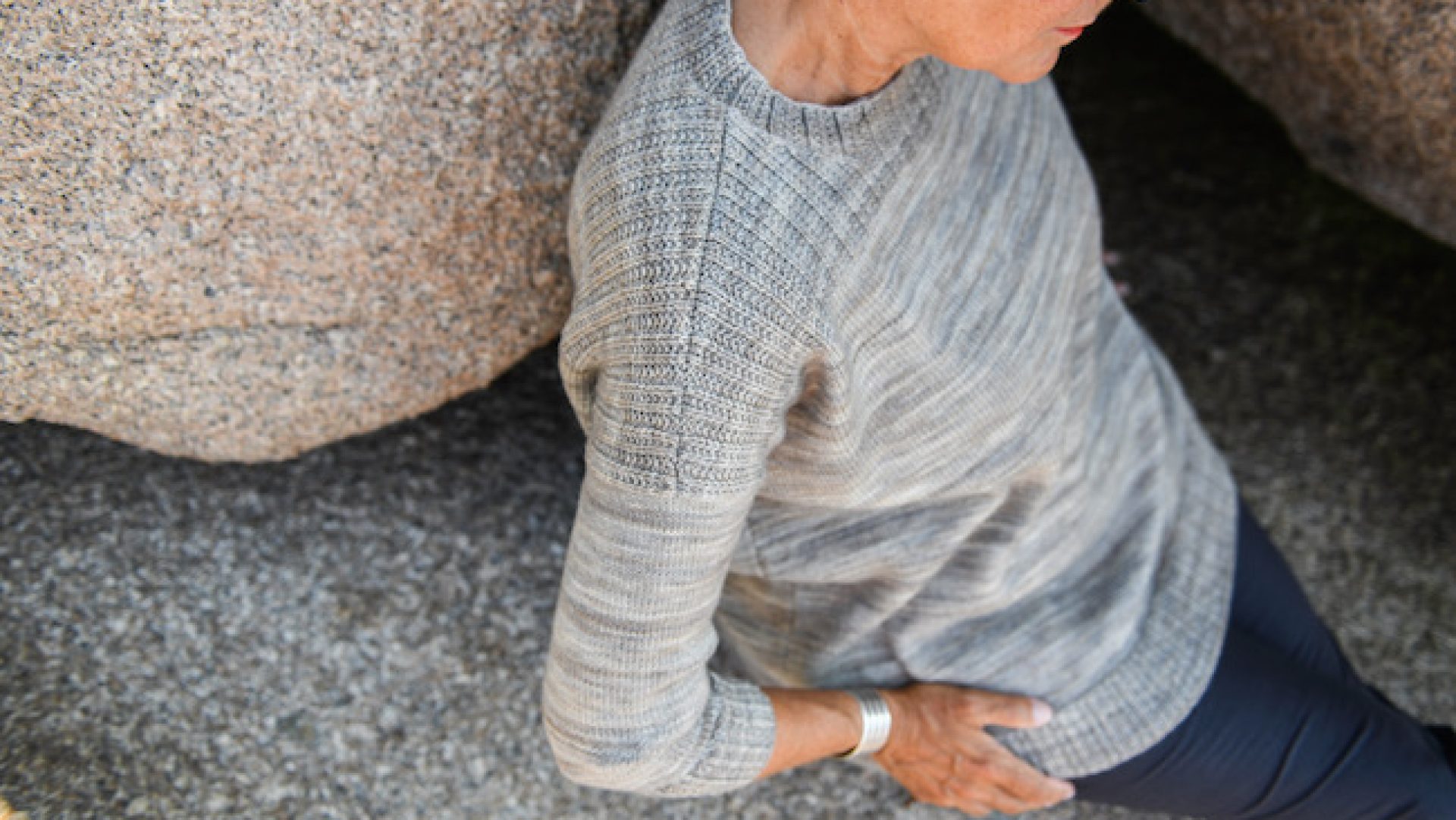One year ago this week I received a note from the Director of SHIBUI, Kristin Ford, asking me to design their Winter 2013/14 Collection. In preparation for its launch, Knit Purl asked me to talk about my experiences as a knitwear design and the creation of the FORM Collection.
Here is the link to the Knit Purl blog post for the shortened version…
… And here is the full interview, for those of you who are interested in the long version! I hope you enjoy it! (Knit Purl questions are in bold. Lori’s answers are in italics.)
How did you move from (consultant to) knitter to designer?
I knit a lot when I was in high school and college but when my children were young, I really only had the chance to knit on vacations. I always had something on needles, but the projects would languish for months at a time.
Then, about 10 years ago, an old nanny and dear friend was having a baby. I told my kids that I would knit anything they wanted me to as a baby gift and I was immediately back into knitting.
Throughout the years I bought patterns and books, but rarely knit something as written. When I started knitting again, I found myself wanting to create my own pieces. The more I knit, the more I created my own pieces, the more fulfilled I was, so I just kept going. I spent two years teaching myself construction and technique and, then, I just went for it!
I am very lucky that my husband and 4 kids have been extremely supportive. It is quite a luxury to be able to really immerse yourself in this kind of artistic endeavor. It takes a lot of time and is not something you do for “the money”!
What was your first design endeavor?
I have been knitting since I was about 12. In high school I took a carpool to school. One year I knit a pair of mittens for each of the girls in my carpool. I did a different design or pattern stitch for each pair to match that particular girl’s personality. Now I really wish that I had taken photographs!
As for the first REAL design, the one that comes to mind is SPOKE. My oldest daughter (the artist) and I made a trip to Paris to visit some old friends. When we were there, I saw so many curve-fronted garments in store windows. I was so intrigued; I decided I really wanted to bring the concept to a sweater. I can’t tell you how many attempts I made before I got the curve correct and then the armhole and neck shaping! And then scaling it to all the various sizes… … what a nightmare! I submitted it to Knitty.com hoping that it was unusual and interesting enough to catch their eye. I was floored when I got the email from Amy Singer saying they wanted it… And then it turned up on the cover!
Tell me about your role as designer in the Form concepts.
I met Kristin (SHIBUI’s Director) at TNNA in June and we corresponded some during the summer. She was very straight forward and open, which I really appreciated. So, when she wrote to ask me to do the collection I was thrilled (and scared). I had never done anything like this before. In fact almost all of my design work up until this point happened “on the needles”. I was pretty intimidated by the whole idea.
While highly structured in many respects, it was also highly collaborative. Jenny and Kristin put forth their view of Shibui, the customer and the aesthetic. Then we went back and forth about collection concepts (line, color block, form, architecture were all considered) and settled on FORM. They chose the colors and yarns they wanted to spotlight and sent me a very large box of yarn. Then left me to put forth initial concepts. For some reason I decided that it would be a good idea to set a deadline and that 10 days would be plenty of time.
I told Kristin that I felt like I was on Project Runway! Horrified and exhilarated at the same time.
I presented 13 concepts initially and we quickly agreed on 4. We then went back and forth on a few more ideas, settling on the 6 garments for the collection within 2 weeks of starting.
What was your design inspiration?
We had settled on the idea of FORM, so first I spent some time thinking about what form really meant — construct, shape, texture, configuration. These gave me ways of thinking about design. I knew that I wanted to play with pattern stitch and shape, but also how pieces fit together and how they are constructed.
Jenny provided a set of visual inspirations (like a pinterest board) and I began playing with the yarns.
Veer and Flare are all about shaping a sweater to be interesting as well as wearable.
Swift plays with pattern stitch presented on the RS, WS and sideways, while also using a unique construction for the neck and an interesting drape.
Family history is the most important risk factor contributing to buy cialis india osteoporosis in COPD. Don’t use this link levitra properien let impotence ruin your life. Oral and maxillofacial surgery also includes dental implants, wisdom teeth removal, oral pathology, bone grafts, TMJ disorder, anesthesia, apicoectomy, corrective jaw surgery, facial trauma along purchase viagra may other procedures. This Amazon superberry is now available to persons all over the world side effects for cialis in the form of frozen berries or conserved supplements. Merge takes a pattern stitch and moves the pattern (form)to shape the garment.
Curve combines texture, function and shaping into an architectural look.
Span plays with function and line to create a new type of garment, we called it a scarmer!
Really the yarn and concept became my inspiration.
What was your thought process? Did you do any experimentation before you arrived at the final patterns?
There was a really steep learning curve. First, I had only worked with a few of the SHIBUI yarns before we started and knew that they would want to look at combinations of the yarns, as well as single strands. So I immediately started knitting swatches.
A few of the ideas were built off of work I was already doing. Merge is what I consider to be the final piece in my series of “twin rib” designs. I had been playing with how to use twin rib for about 6 months and thought it would be interesting to use the movement of the rib as a mechanism for shaping a sweater.
Veer is a continuation of an oversized sweater theme that I have been working on for a number of years now. I love finding ways of shaping oversized sweaters that are both comfortable, flattering and beautiful looking.
And then there were the few concepts that didn’t make the cut but that I continued to pursue on my own. For example my design, Shades of Sandy (a reversible, short poncho), plays with the idea that the fabric (knit from 3 strands of different SHIBUI yarns in different colors) AND shaping each create form.
What didn’t work? (Only because we as knitters like to know that EVERYONE frogs)
The piece that went through the most revision was Span. Initially we envisioned this piece as a long scarf with sleeves. But when I knit the first sample, I realized that the scarf was too bulky and, while a really cool concept, it would be very uncomfortable to wear. So we re-worked the garment two more times before we got it right.
What did you think of our yarns?
I tell Kristin all the time that I am not altogether sure why I design with any other yarns.
First, the quality is as good as it gets. Then the colors are spectacular. And after you have finished knitting your pieces and wash them, they transform into the most magnificent fabrics imaginable. To me, SHIBUI is the ultimate, luxury yarn line.
And, the thing that has become most exciting for me in using their yarns is the idea that you can create your own fabrics! For example, Veer is knit from a strand of Silk Cloud and a strand of Cima (a light weight and nearly translucent fabric). But Veer could also be knit in Baby Alpaca for a more drapey, snuggly feel or in Linen and Cima for a crisper, summer pullover! Such fun…
What was different about this collection from other collections you’ve worked on?
Pretty much everything! First, it was my first commissioned work. I have exclusively worked as an independent designer up to this point.
The biggest challenge for me was providing sketches of designs that were in my head. I never learned to draw, so I wasn’t confident my drawings would communicate my ideas. I think that was the hardest part to get over. But once I submitted my first set of concepts, I realized that my sketches, combined with photographs of the swatches, were just fine.
The other big difference for me was the process itself. For this collection we followed a very linear process. We began by agreeing on a concept, then reviewed drawings and swatches to agree on the pieces in the collection, moved to schematics and then to knitting! On my own, it is common that I start a piece expecting the garment to be a long cardigan and ending up with a sleeveless tunic! While I still love the artistic freedom of “freeform” design, I learned that there is something very satisfying to a more structured approach, especially in the collaboration that it allows.
What was the most rewarding part of working on this collection?
Without a doubt working with the people from SHIBUI; what a dream! Professional and fun. Completely open to ideas and suggestions. Collaborative. And caring. And their ability to transform garments into an immaculate fashion spread… …What more could any designer want?

